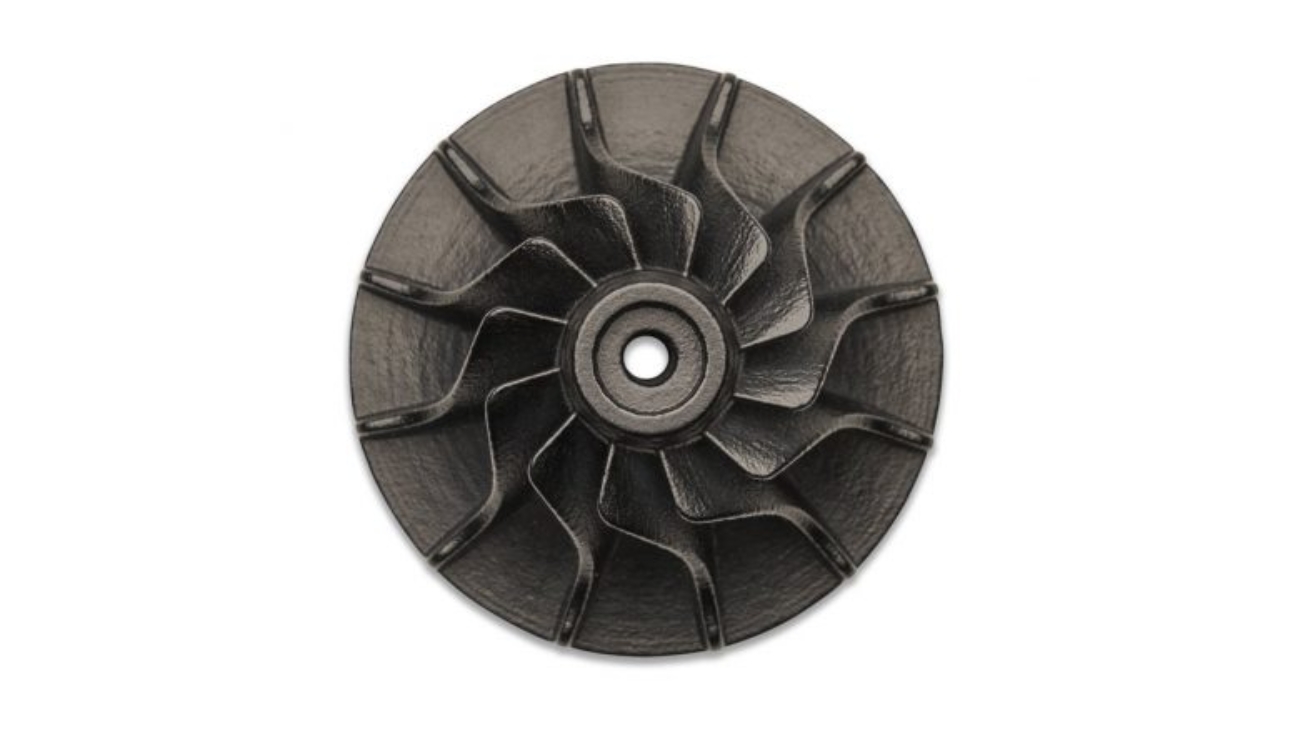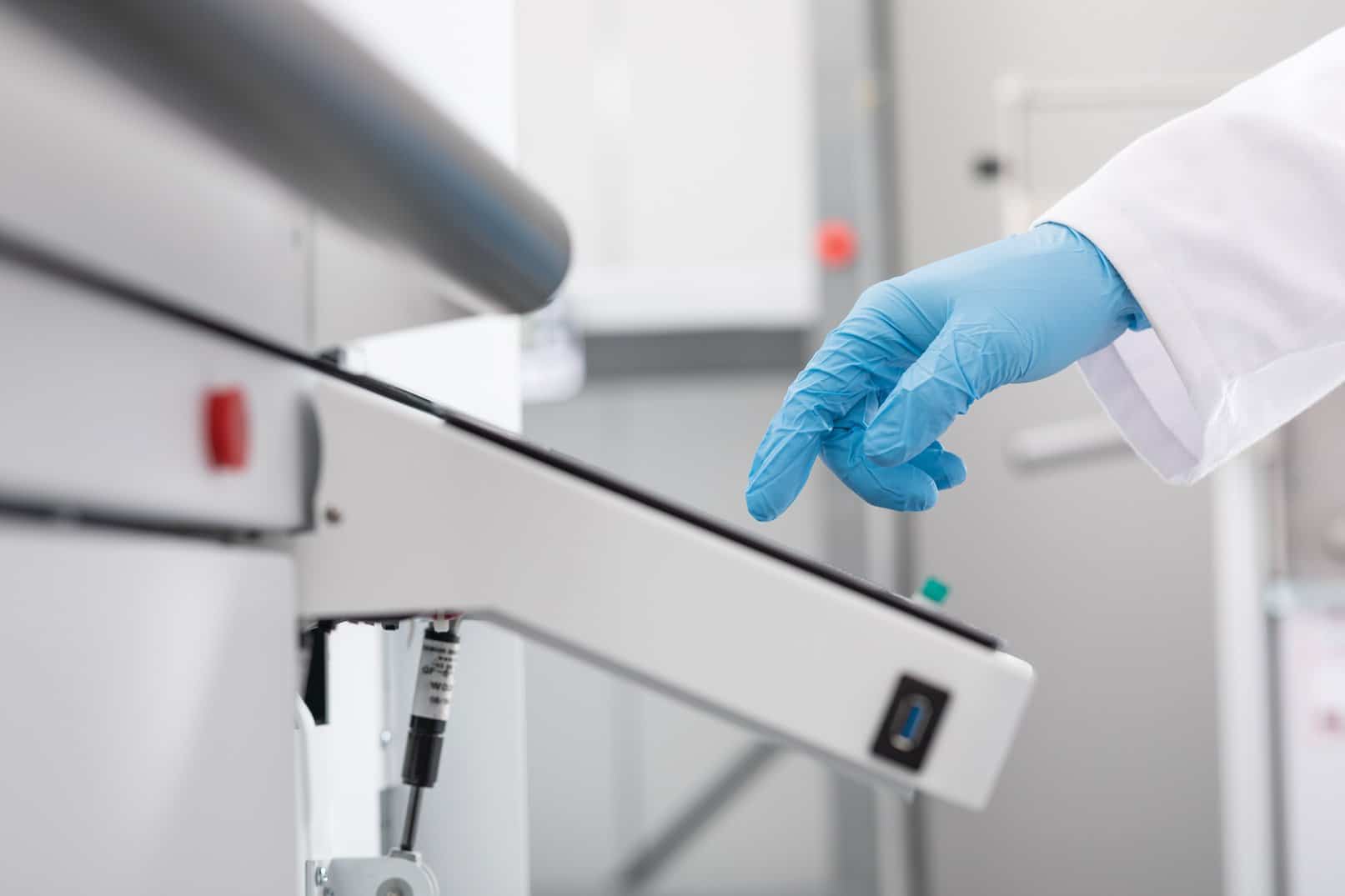Stratasys is again incrementing the company’s presence in the rapidly expanding area of production-grade 3D printing systems. After acquiring Origin for high-speed photopolymerization and RPS for large format stereolithography, the company just presented the upcoming line of powder bed fusion (PBF) based 3D printers. The new H Series Production Platform will be powered by Selective Absorption Fusion technology specifically designed to meet the needs of volume manufacturing. Commercial availability of 3D printers based on SAF technology is currently expected in the third quarter of 2021.
SAF is a new industrial-grade additive manufacturing technology that delivers production level throughput for end-use parts. Representing the culmination of more than 10 years of research and development, SAF-based 3D printers can deliver a competitive cost per part at production level throughput and with the part quality, consistency and reliability that ensures satisfaction and high production yield.
The process is more similar to HP’s MultiJet Fusion (MJF) and voxeljet’s High-Speed Sintering (HSS) than laser-PBF processes. It is based on the research conducted by Professor Neil Hopkinson, director of technology at Xaar 3D and original inventor of the technology behind SAF.
SAF technology uses a counter-rotating roller to coat powder layers onto a print bed and prints absorber fluid to image the part layers. The imaged layers are fused by passing an IR lamp over the entire span of the print bed. SAF technology executes these key process steps in the same direction across the print bed to provide a uniform thermal experience – and therefore part consistency – for all printed parts regardless of their placement in the build.

Efficient powder management and energy absorption
SAF technology comes with an innovative Big Wave powder management system, which was developed to ensure the necessary powder is always distributed across the whole print bed, maintaining a large, thermally stable wave of powder. Any overflow powder is quickly recirculated, minimizing powder thermal exposure and reducing powder aging. The result is less fresh powder required and lower operational costs.
SAF technology is used to selectively jet high energy-absorption HAF™ fluid onto areas of a layer of powder-form material in just one full-width pass. Industrial piezoelectric print heads jet single or multiple drops of the fluid to produce either fine detail or large areas, without compromising throughput. The technology supports unique, high-specialty, functional fluids to process a broad range of powders. Infrared energy is radiated to fuse the selected areas and the underlying particles. Tight thermal control avoids warping, quality fall-out, and reduces peak temperatures required in the bed, making SAF technology ideal for production.
Manufacturing on Demand
From FDM to production-ready
“3D printing is increasingly transforming production in industries around the world as companies seek to move with more agility and efficiency, which is why we have put production parts at the heart of our business strategy,” said Omer Krieger, Stratasys’ executive vice president of product strategy and corporate development. “SAF technology represents a significant innovation that opens up new opportunities to address applications in industries such as automotive, consumer goods and electronics, and industrial equipment. As a result, we will enable a shift of many applications from traditional manufacturing and also enable the creation of products that can only be produced additively.”
According to an internal Stratasys market analysis, manufacturing applications show the most potential for significant growth in the 3D printing industry, reaching approximately $25 billion by 2025. Together with FDM and Origin P3™-based 3D printers, Stratasys is well-positioned to serve the majority of manufacturing applications, from tooling to end-use parts across multiple industries.
Stratasys is developing the SAF-powered H Series Production Platform to expand the applications it can serve across multiple industries. The technology is inherently able to process a wide variety of materials, such as polyamides and elastomers, and Stratasys’ relationships with leading chemical companies will help it bring new materials to market quickly.
You might also like:
Is the global shortage in computer chips going to hit 3D printers?: The shortage in computer chips was initially caused by the same supply chain interruptions that hit all manufacturing segments, however now the issue is much more endemic: the massive global change in habits driven by pandemic, which forced people to stay home and interact and get their entertainment only via computers, has caused an unprecedented growth in electronic chip demand. A demand that no manufacturers are able to address.
* This article is reprinted from 3D Printing Media Network. If you are involved in infringement, please contact us to delete it.
Author: Davide Sher



Leave A Comment